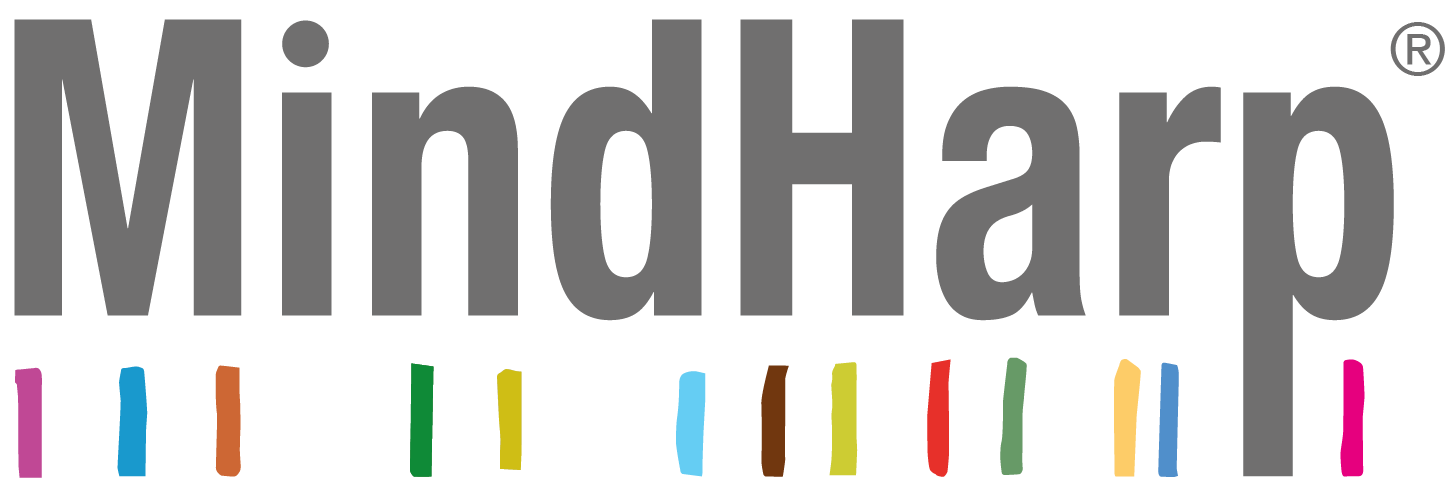MINDHARP AT THE FRONTLINE : NEUROLOGIC REHAB
As ever, the extraordinary power of engaging with music, never ceases to surprise us and move us deeply.
We have found that, within a couple of weeks of starting our MindHarp training course for practitioners the more confident learners will begin implementing MindHarp in their practices. This happened with Neurologic Music Therapist, James Lea from the excellent Chiltern Music Therapy organisation.
We were already very familiar with the positive effects that MindHarp can have on mood and behaviour change but we never could have imagined the role of MindHarp in this specific case.
The therapist in question was helping a client rehabilitate after a devastating road accident. Working in a hospital/clinical environment, the patient had no functional use of his upper limbs other than sensory seeking and looking to hurt himself. The only way to engage with the touchscreen of MindHarp (on an iPad) was to play with his feet and toes.
The client loved the MindHarp. Connected to a Bluetooth speaker, he rapidly became adept at playing MindHarp with his feet. Crucially, for the therapist in question, his client was activating lower limb movement and fine motor skills. Presumably, MindHarp play was also exercising the nerves through the damaged spinal cord.
The only way to play MindHarp was with his feet and toes
And this wasn’t the end of it. Therapists and care staff noticed a distinct change in mood and behaviour with the introduction of MindHarp. He was engaging more with those around him and started to develop improved relationships with those caring for him. We had seen this effect before in other care settings. The soothing and engrossing sounds of MindHarp create a ‘softening’ and ‘opening-up’ of those engaged.
The urge to to hurt himself was also reduced thanks to the MindHarp’s calming effect.
This effect had helpful, practical consequences also. In the painful process of transitioning from one room to another (being lifted etc.), the MindHarp helped relax him and therefore made it less painful and easier to go through these necessary transitions. The colourful screen interface of the MindHarp also helped his carers break a strange ‘eye-locking’ symptom. The client would ‘lock on’ to another with his eyes and couldn’t break the eye contact. By passing the screen interface between this locked-on gaze, the eye-contact could be broken.
As ever, we (Mark Smulian and I) are humbled by the amazing work that carers and therapists do day in and day out. We are also hugely gratified that our little creation has made a difference.
Stewart Redpath, Co-Founder of MindHarp, April 2021
____________
From James Lea, Neurologic Music Therapist (HCPC registration AS16297):
"I have found the MindHarp to be extremely relaxing and engaging not only for myself but also with my work as a Neurologic Music Therapist. The sounds and functionality of the app has really appealed to my clients and has helped to develop their cognition, mobility and their emotional wellbeing. This app is a must have. "
E james@chilternmusictherapy.co.uk
W www.chilternmusictherapy.co.uk
